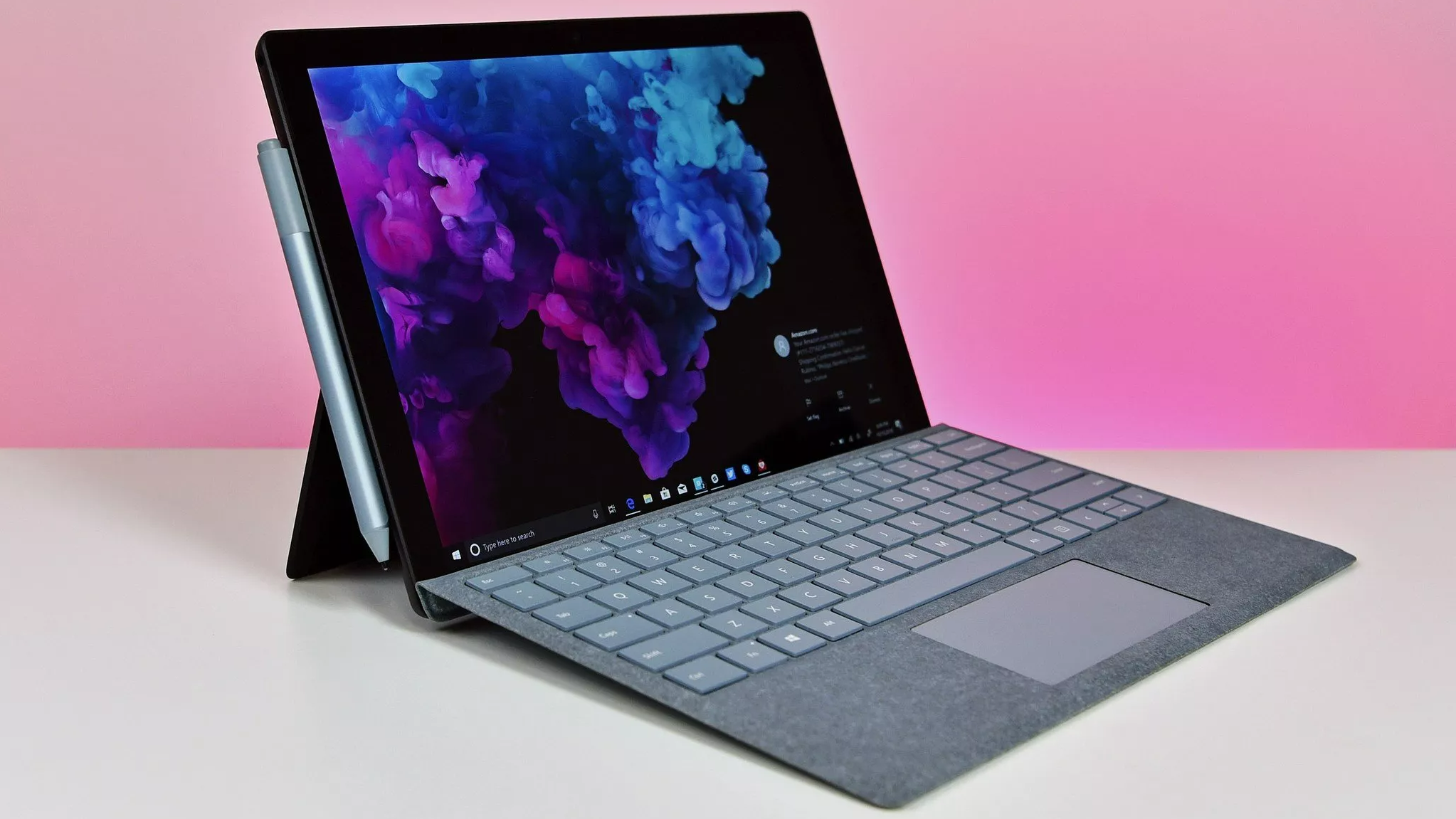Windows 10, not Windows 11, market share spiked last month — here's why
Windows 7 and Windows 8.1 reached end of support in January, causing users to upgrade to a newer version of Windows.

What you need to know
- Windows 10's market share increased significantly in February 2023.
- The shift in OS usage coincided with many users leaving Windows 7 and Windows 8.1
- PCs that shipped with Windows 7 are unlikely to meet the minimum requirements for Windows 11, which may explain the surge in Windows 10 usage.
Windows 11 may be the newest operating system from Microsoft, but it's far from the most used. Windows 10 has hovered around a 70% market share for well over a year, according to Statcounter (via Neowin). Interestingly, the latest stats showed a large increase in Windows 10 users in February 2023.
Windows 10 market share increased from 68.86% to 73.31% between January and February of this year. That spike brings the operating system to its highest share since June 2022.
Windows 7 market share in February plummeted from 9.55% to 5.33%. Notably, Windows 7 extended support ended in January 2023.
Windows 8.1 saw a significant drop as well, falling from 2.28% to 1.14%. Windows 8.1 also reached end of support in January of this year and will not receive extended support.
With Windows 7 and 8.1 reaching end of support in the same month, it's not surprising to see people move to newer versions of Windows. What may be surprising to some is that many are not shifting to the newest OS from Microsoft.
Windows 11 did see an increase in market share from 18.12% to 19.13% in February, but that's significantly smaller than the gain seen by Windows 10.
While other factors may be at play. Users are likely moving from Windows 7 to Windows 10 because their systems do not meet the strict hardware requirements of Windows 11. PCs that originally shipped with Windows 7 are unlikely to have the components necessary to upgrade to Windows 11, such as a TPM 2.0 chip.
All the latest news, reviews, and guides for Windows and Xbox diehards.
Windows 10 will still be supported until October 2025, so anyone running the operating system has a while before worrying about finding a system that can run Windows 11.

Sean Endicott is a tech journalist at Windows Central, specializing in Windows, Microsoft software, AI, and PCs. He's covered major launches, from Windows 10 and 11 to the rise of AI tools like ChatGPT. Sean's journey began with the Lumia 930, leading to strong ties with app developers. Outside writing, he coaches American football, utilizing Microsoft services to manage his team. He studied broadcast journalism at Nottingham Trent University and is active on X @SeanEndicott_ and Threads @sean_endicott_.
